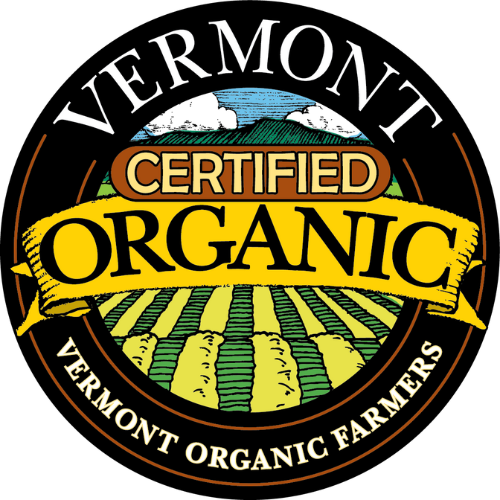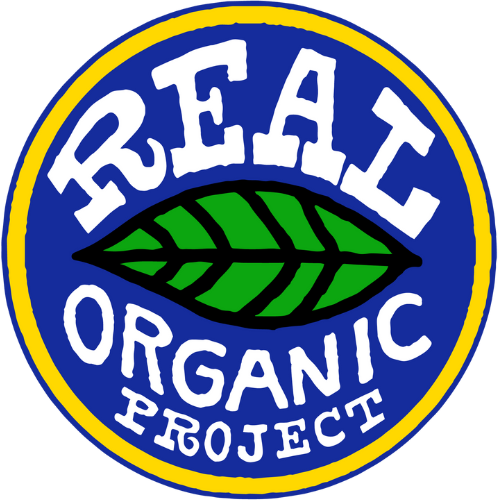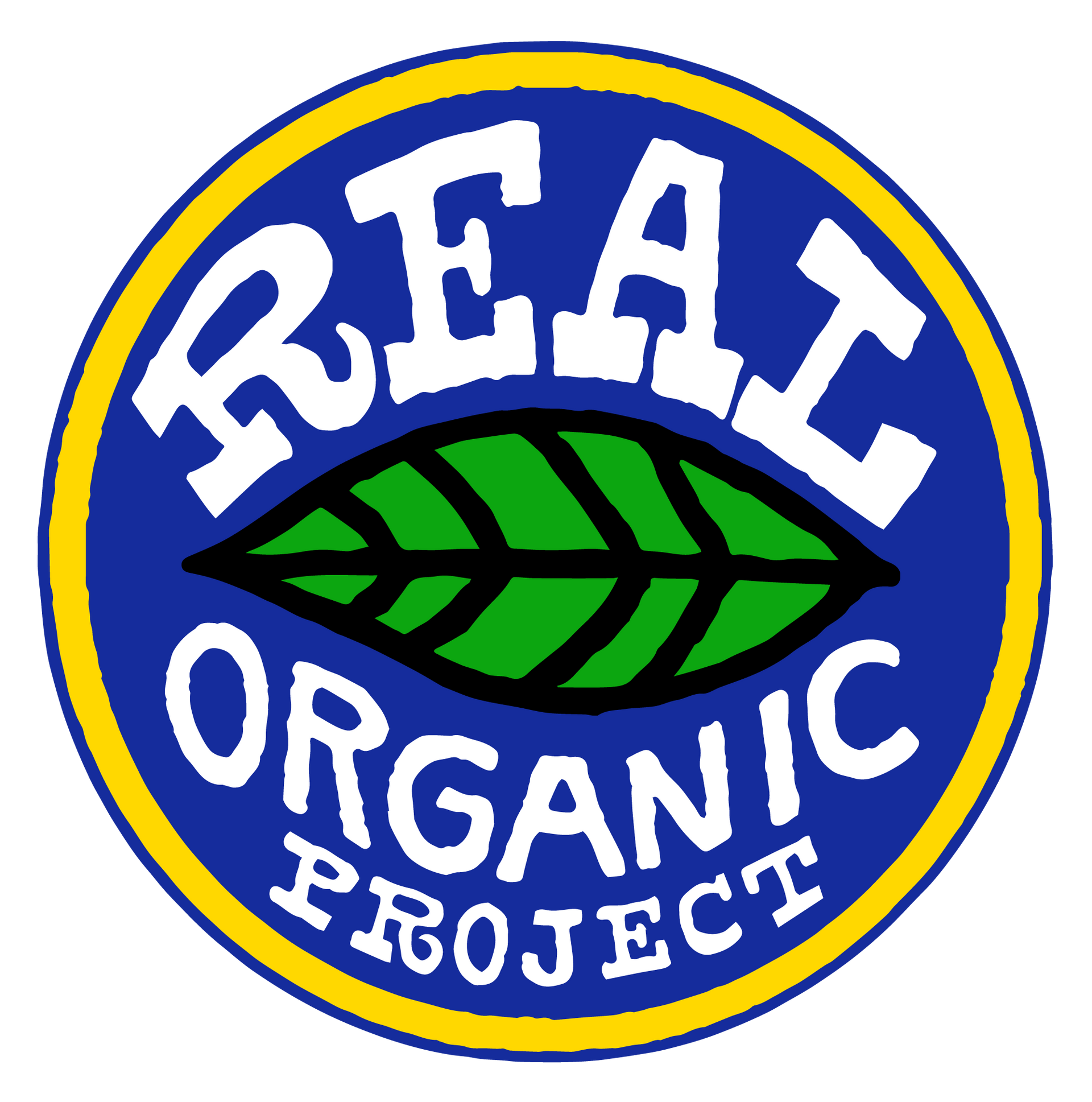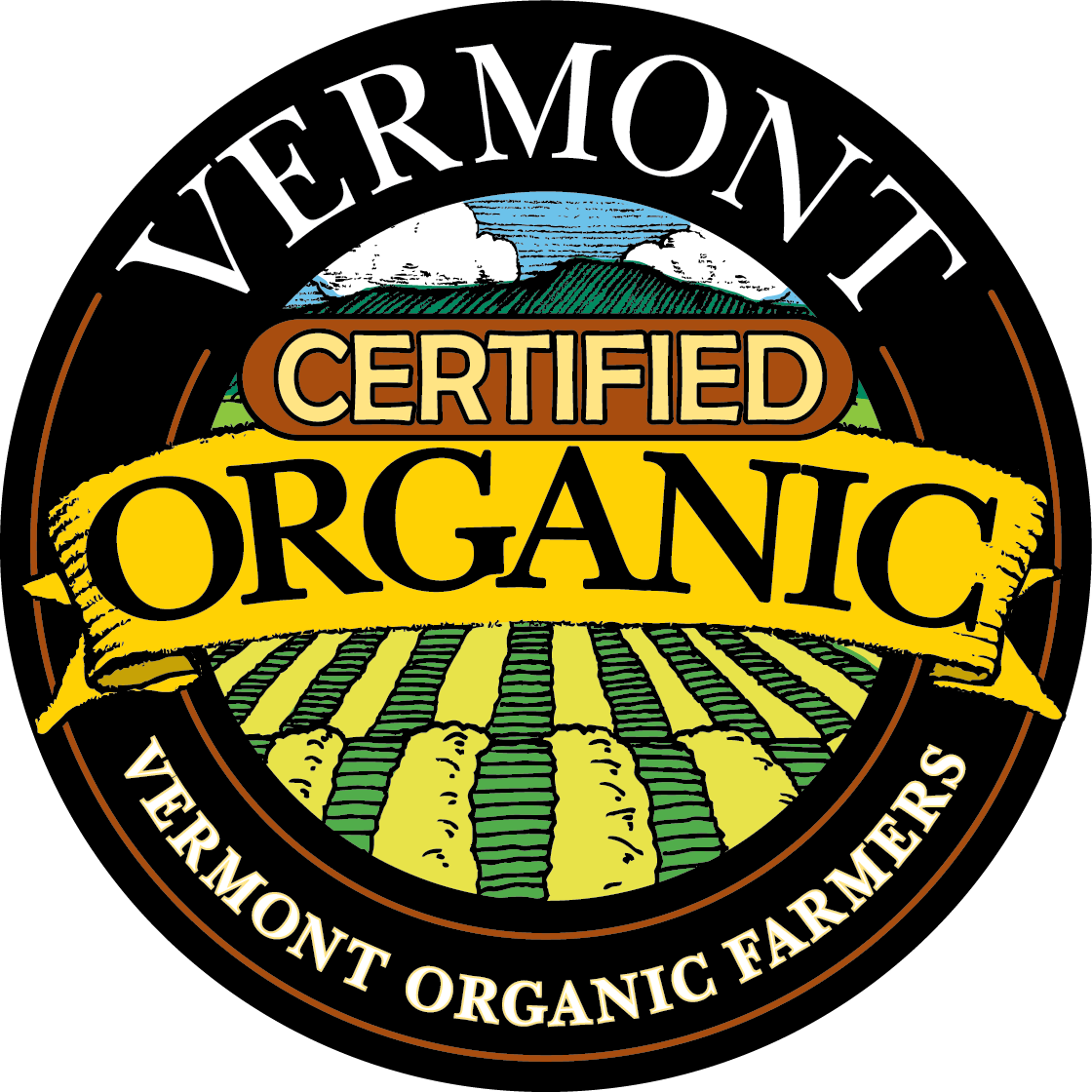AI: Basic Explanation of Scoring and Measurements
Judging info
The sires are evaluated and judged according to FAI judging standards. Points are given for individual body parts in following order:
Points: Head - neck and shoulders - chest and conformation - back - loin - gigot - wool - feets - harmony.
Score of 80,0 points is good for breeding ram and 85,0 points can be considered as excellent.
Ultrasound: Ultrasound measure of eye muscle thickness in mm and of back fat in mm - eye muscle shape score (1-5).
(H) Dutch ultrasound scanner, the type used by SOUTHAGRI.
(S) Scottish ultrasound scanner - which measures about 2mm lesser eye muscle thickness than the Dutch scanner. This difference is not corrected in individual figures.
Eye muscle shape: In autumn 1999 eye muscle shape grading started. The grading of the eye muscle describes how well the muscle keeps it´s thickness out over the backbone. The shape is graded from 1 to 5. The scale is following:
1. Poorly shaped eye muscle.
2. Fairly shaped eye muscle.
3. Adequately shaped eyemuscle..
4. Well shaped eye muscle.
5. Excellently shaped eye muscle.
Basic dictionary
Basic dictionary for the printed version of Southram's sire catalogue which is in Icelandic. Here you can find translation and/or explanation of the tables and graphs in the sire list.
Lambhrútaskoðun: Evaluation of ram progenies performed in September/October. Following items refers to the evaluation of the rams progenies:
Fjöldi: Number of evaluated ram lambs
Þungi: Average weight of evaluated ram lambs
Fótleggur: Average canon bone length of evaluated ram lambs
Læri: Average score for gigot muscling (highest possible score is 20, 16 is good, 17 is very good, 18 is excellent)
Ull: Average score for wool (8,0 refers to good wool quality and no tan fibers)
Ómvöðvi: Average thickness (depth) of the eye muscle in mm
Ómfita: Average fat thickness on the eye muscle in mm
Lögun: Average score for eye muscle shape (1 is poorly shaped muscle and 5 is excellently shaped muscle)
Following explanations refer to the graph for each ram.
Kynbótamat: Breeding value index (based on information from the sheep recording in Iceland. 100 is average)
Gerð: Meat qualities based on the carcass grading
Fita: Leanness based on carcass grading
Kjötgæði: Meat quality index (MQI), calculated from meat qualities (40%) and leanness (60%)
Frjósemi: Prolificacy of the daughters (for the young rams with few daughter records this index is mostly based on pedigree)
Mjólkurlagni: Milking abilities of the daughters (for the young rams with few daughter records this index is mostly based on pedigree)
Explanation of measurements & scoring
Generally data gathered on the rams is done in Iceland, in the fall, when they are around 18 months.
The data on the Icelandic Rams is then given in the following major categories:
1) Rams Name, Number, and Parents
2) Body Measurements- Weight and Lengths
3) Score
4) Ram Description
5) Production Results
Explanation
1) Rams Name, Number, and Parents
The rams are numbered as follows: The first two numbers in the ID number refer to the birth year of that ram. Thettir, # 91-931 was born in 1991.
2) Body Measurements- Weight and Length Measure:
Weight and measure is in the same sequence for every ram. There are four numbers given here representing-
- Weight of the ram- A heavier the ram usually correlates to bigger, growthier offspring.
- Chest Circumference- A measurement of body depth.
- Width of Rack- The wider the rack, the greater the yield from this choice cut.
- Cannon Bone (front leg) Length- A shorter cannon bone correlates with a meatier, faster finishing market lamb.
| Body Part | Weight | Chest Circumference | Width of Rack | Front Leg (Cannon bone) |
|---|---|---|---|---|
| Measurement Unit | Kg | cm | cm | mm |
| Conversion Factor | 1Kg/2.2lbs | 2.54cm/1inch | 2.54cm/1inch | 25.4mm/1inch |
| Convert to English Units | Multiply by 2.2 | Divide by 2.54 | Divide by 2.54 | Divide by 25.4 |
Example:
These are measurements for Thettir's 75-102-21-116, which means: These numbers represent as follows:
Weight: 75kg
Chest Circumference: 102cm
Width of Rack: 21cm
Front leg (cannon bone) length: 116mm
One kg = 2.2lbs, so in English units this would be: Thettir was 165 lbs. Chest circumference is always measured in cm, 1inch = 2.5cm so his chest was 40.8 inches. Rack is also measured in cm so his rack (measured from the transverse process to the other transverse process) measured 8.4inches. The leg (cannon bone) is measured in mm, ten mm=1cm or 1inch=25mm, so his leg measures 4.64inches.
3)Score: Individual Body Parts- Second Set of Numbers:
This is a way to judge and compare the ram based on the factors given:
| Body Part | Head | Neck and shoulders | Chest and springiness of ribs | Back(rack) | Loin | Leg | Wool | Feet | Total Possible |
|---|---|---|---|---|---|---|---|---|---|
| Scale | 1-10 | 1-10 | 1-10 | 1-10 | 1-10 | 1-20 | 1-10 | 1-10 | 90 |
This set of numbers are the points given for individual body parts. The numbers will always be in this order: Head - Neck and Shoulders - Chest and Springiness of Ribs - Back(Rack) - Loin - Leg - Wool - Feet. However, you will notice that some of the rams have 9 sets of scores and that one of the scores is over 10.
Explanation
Three or four years ago the scale was changed somewhat. The score for legs was doubled (probably to give added weight to the leg muscle- the most expensive cut) so to get comparable score to the guys that have less than 10 for legs, divide the high leg score by two. At the same time a new score was added for overall scoring of conformation taking into account length of body etc.
(Note- Front or front body refers to the whole front body, not just shoulders.)
4) Ram Description:
A straightforward description of the ram and his qualities. When the fleece is described the term "yellow" or "tan" refers to the reddish colored fiber seen most easily on white sheep and is called phaeomelanin. This shows up usually on the head and legs and sometimes in the body of the fleece. In Iceland, this is undesirable for processing as this fiber has to be sorted out of the white fiber and dyed. In the US we prize colored fleeces even those with a large amount of phaeomelanin.
5) Production Results:
Production results include:
Market Lambs average score- based on market lamb carcass, actual weight and grade
Production Years of Daughters- how productive was his offspring
Most (if not all) lambs in Iceland are born in May and June and are slaughtered in September/October..
The scale for market lambs (after slaughter) is from 0 to 5.
The scale for daughters is indexed where the average is 100 with a variance of 10.
